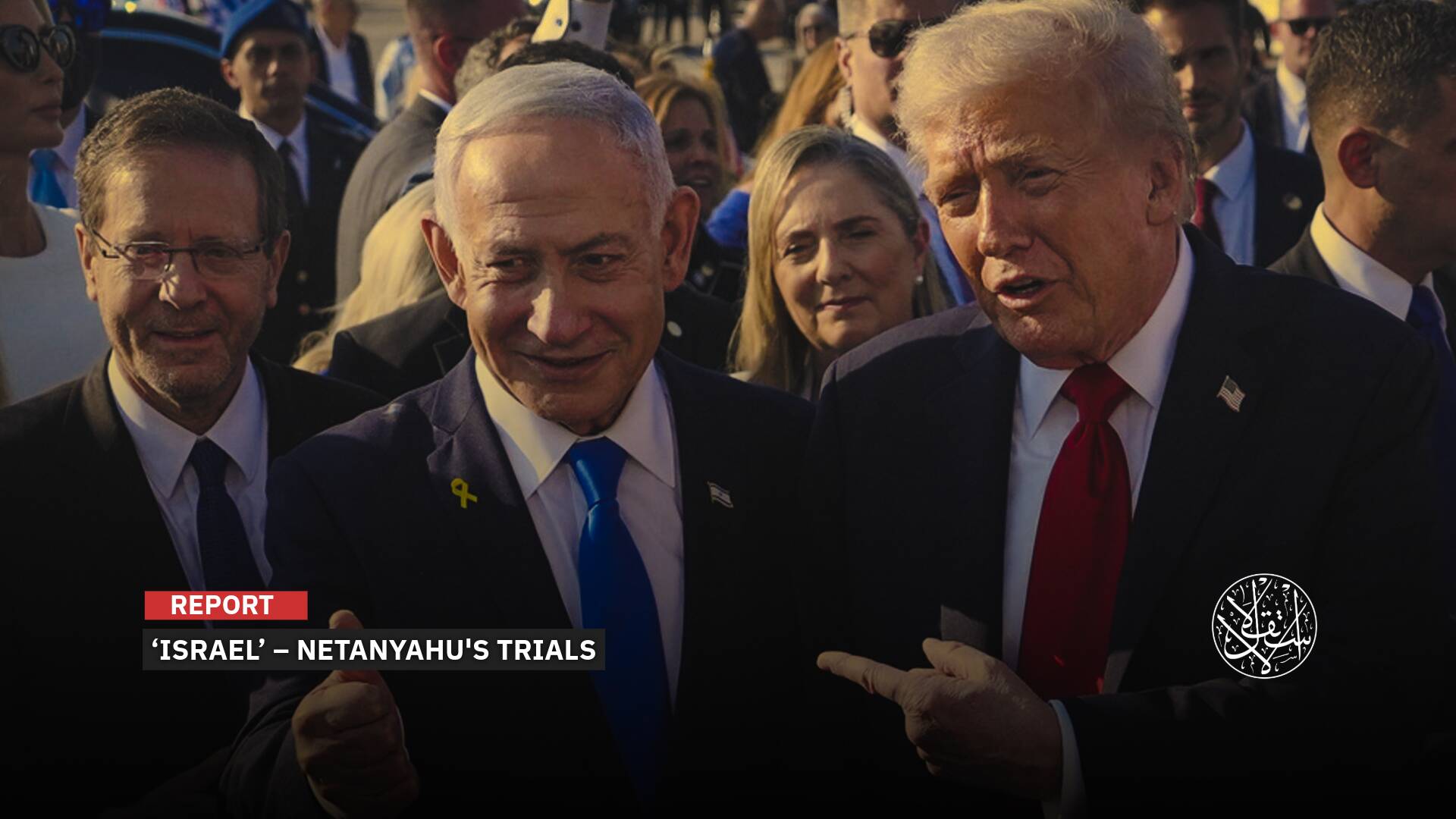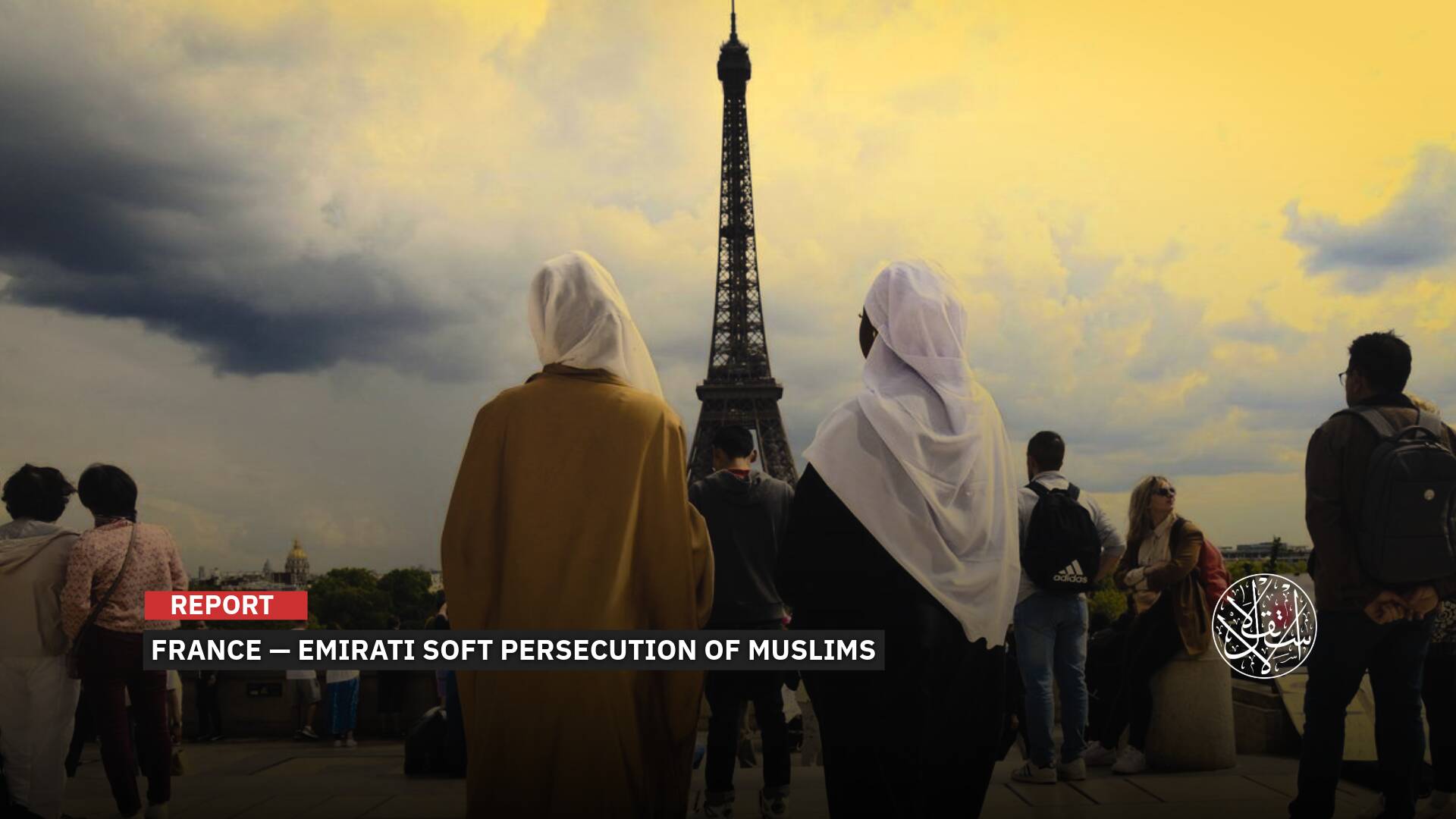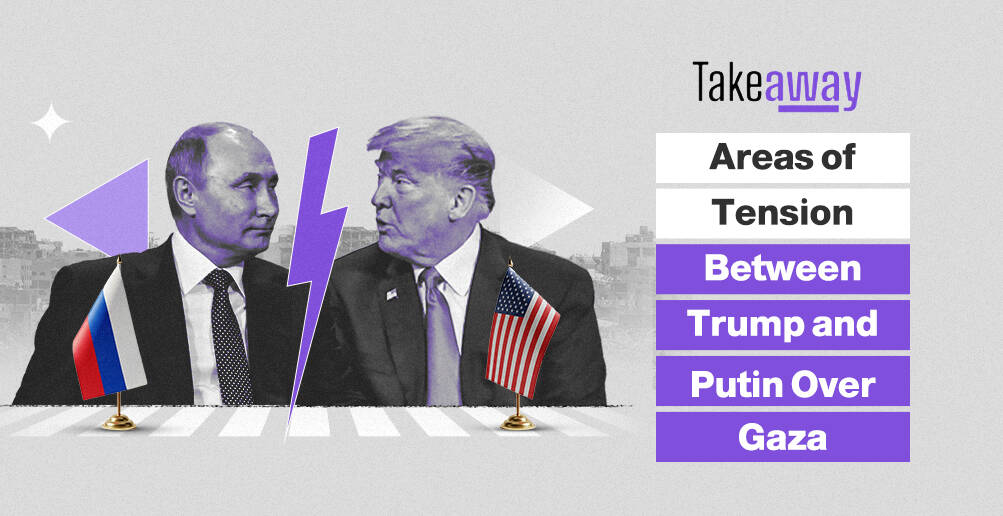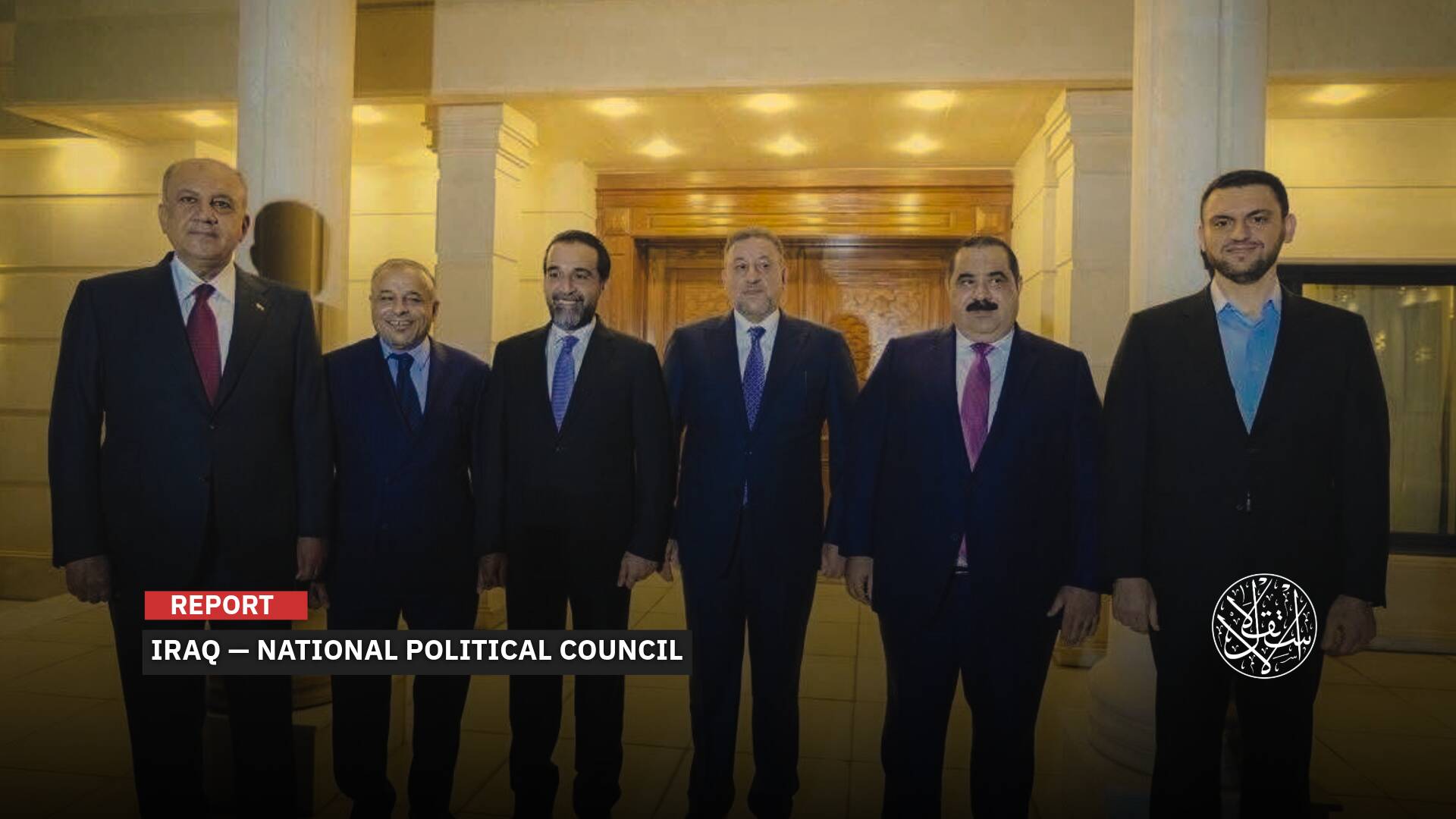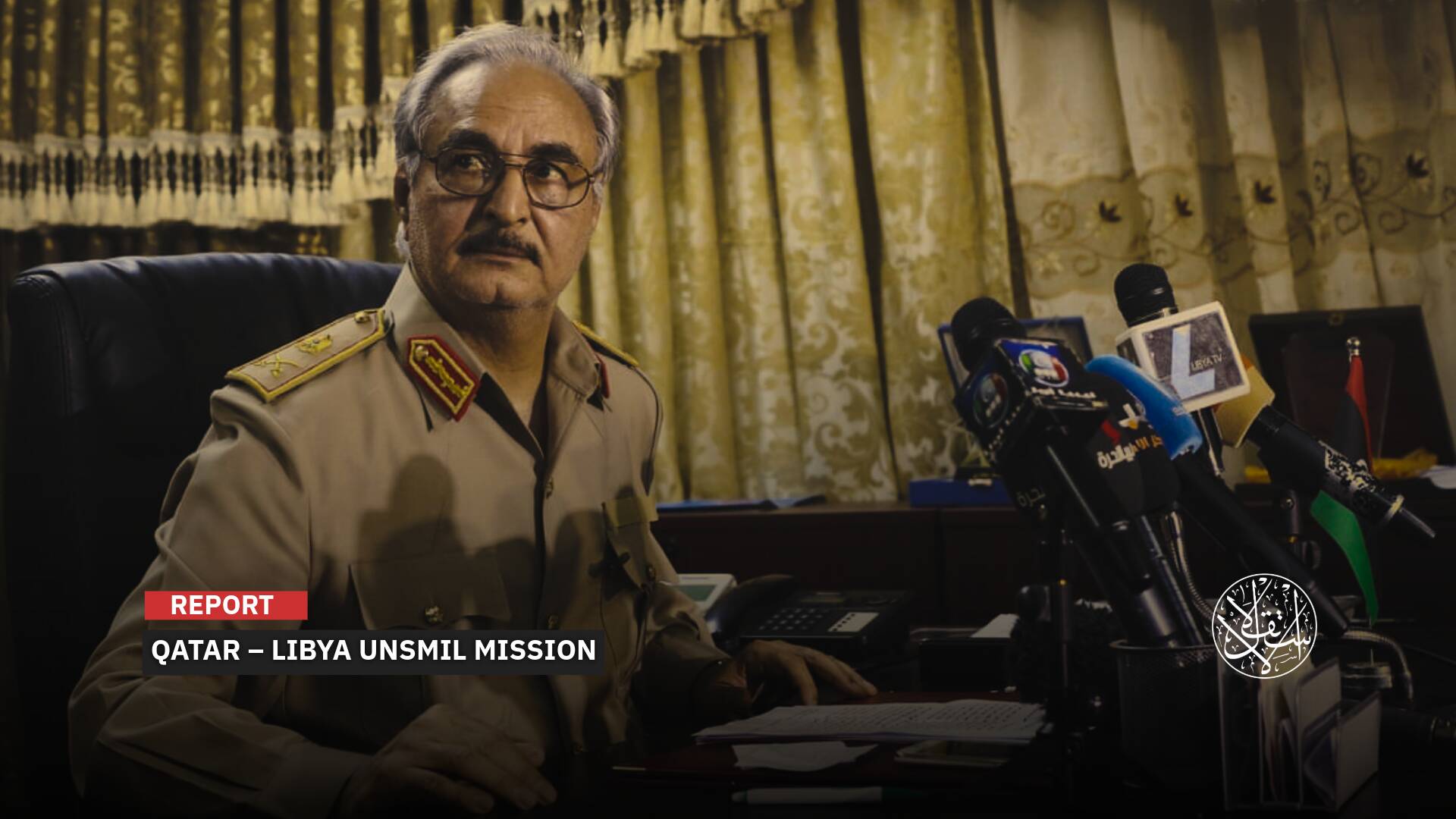Can Trump Break Syria’s Strategic Stalemate Amid Conflicting Turkish, Israeli, and Iranian Interests?

Trump could grant “Israel” a sweeping mandate to deepen its incursions into Syria.
Donald Trump returned to the U.S. presidency for a second term, only to find the Syrian file exactly where he left it—without any political breakthrough between Bashar al-Assad’s regime and the opposition.
The Trump administration, during its first term from 2017 to 2021, showed little interest in fulfilling the aspirations of the Syrian people for freedom and democracy, a stance continued by the administration of Democratic President Joe Biden.
Trump’s policies on Syria were marked by inconsistency, with the notable exception of economic pressure on al-Assad's regime.
Breaking the Stalemate
Al-Assad’s regime suffered a significant blow following the enactment of the U.S. Caesar Syria Civilian Protection Act on June 17, 2020, a law designed to sanction those supporting or dealing with al-Assad’s regime.
U.S. policy in Syria remained ambiguous and confusing for nearly a decade, with analysts noting that successive American administrations did not consider Syria as a "vital national interest."
The reality of U.S. indifference was reflected in Washington's decisions to scale back its role in northeastern Syria in 2019, with the exception of counterterrorism efforts targeting ISIS and al-Qaeda affiliates.
During his campaign, reports indicated that Trump held four direct meetings with Syrians and Lebanese to discuss the complex issues in the region.
As Trump returns to the White House, many questions arise regarding the new administration's strategy for Syria.
Syria holds a low priority in U.S. foreign policy, with Washington primarily focused on managing the crisis, containing it, and addressing issues such as counterterrorism, humanitarian aid, and limiting Iranian influence.
Meanwhile, the Syrian opposition continues to hope that Trump's promises of “Peace in the Middle East” will extend to Syria—a country whose government has rejected any political solution since 2011, in line with relevant UN resolutions.
In a tweet, following Trump's victory on November 6, 2024, President of the Syrian National Coalition, Hadi al-Bahra, hoped that the new U.S. administration would play a positive role in advancing the political process in Syria and supporting the aspirations of the Syrian people.
Al-Bahra said, “We hope President Trump succeeds in implementing his program and election promises to end wars and achieve lasting peace globally, particularly in the Middle East. We also hope that the upcoming administration’s policies will be more positive and effective in advancing the political process in Syria to fulfill the aspirations of the Syrian people.”
Trump’s second term unfolds amid significant changes in Syria’s neighborhood, particularly in terms of Iranian influence and the weakening of Hezbollah in Lebanon—whose intervention in Syria in 2012 played a decisive role in consolidating Bashar al-Assad’s hold on power.
The ongoing wars on Gaza and Lebanon have direct consequences for Syria, especially as “Israel” continues its attacks on Syrian sovereignty, justifying them with claims of “combating Iran.”
Under President Joe Biden’s leadership over the past four years, Syria has remained a low priority on the White House’s foreign policy agenda.
Despite the Biden administration’s insistence that it opposes normalizing relations with al Assad’s regime, it has turned a blind eye to the large-scale normalization process among most Arab countries, including Syria’s reinstatement in the Arab League in May 2023.

Trump’s Syria Strategy
During his first term, President Donald Trump made a limited number of decisions regarding Syria.
In April 2017, the United States launched dozens of Tomahawk missiles at a number of targets in the Shayrat airbase, which was used by al-Assad’s forces in northern Homs.
This was in response to the chemical weapons attack on civilians in Khan Shaykhun, Idlib, which had claimed dozens of lives.
Trump had ordered the strike following the condemnation of al-Assad’s use of chemical weapons against civilians.
This airstrike marked the first direct military intervention by the United States against al-Assad’s forces in Syria.
However, the most unexpected decision came in July 2017, when Trump ordered the cessation of a CIA program that had provided support to some Syrian opposition groups.
The decision was framed as part of Trump’s broader strategy to reduce U.S. involvement in foreign conflicts and to foster a more cooperative relationship with Russia, a staunch ally of Bashar al-Assad.
In his remarks on the al-Assad regime’s chemical attack on Douma, near Damascus, Trump declared, “Many dead, including women and children, in a mindless CHEMICAL attack in Syria,” Trump tweeted.
“Area of atrocity is in lockdown and encircled by [the] Syrian Army, making it completely inaccessible to [the] outside world. President Putin, Russia and Iran are responsible for backing Animal Assad. Big price.”
Then, in October 2019, Trump ordered the withdrawal of most U.S. troops from northeastern Syria, declaring that it was time for the United States to end its involvement in “ridiculous endless wars” in Syria.

Trump’s decision to withdraw U.S. troops from northeastern Syria in October 2019 sparked widespread criticism, particularly from various factions within the U.S. Congress.
Critics argued that the move paved the way for Turkiye to launch a military operation against the Kurdish-led Syrian Democratic Forces (SDF) east of the Euphrates River.
Currently, the U.S. maintains a reduced presence of 900 troops in northeastern Syria, down from 2,000 soldiers before their redeployment to western Iraq, as reported by the U.S. Army, in line with Trump’s withdrawal decision.
One of the most significant measures affecting Syria’s economy during Trump’s presidency was his signing of the Caesar Act in December 2019.
This Act, which imposes severe economic sanctions on al-Assad’s government, as well as on any nations or businesses that engage with it, has had a profound impact on Syria’s already fragile economy.
Experts have often linked the fate of Bashar al-Assad and his regime to the seriousness with which the U.S. enforces the Caesar Act, alongside the pressure it applies on those attempting to support the regime, which continues to survive largely due to Russian and Iranian support.
In addition, under Trump’s administration, a high-profile military operation was carried out on October 26, 2019, in Idlib province, leading to the death of ISIS leader Abu Bakr al-Baghdadi.
However, on the other hand, Trump made a controversial decision in March 2019, officially recognizing Israeli sovereignty over the Golan Heights—an unprecedented shift from traditional U.S. policy, which had considered the Golan to be Syrian territory under Israeli occupation since the 1967 Six-Day War.
Trump’s Middle East Plan
In light of recent developments, analysts are skeptical that the new Trump administration will adopt a distinct foreign policy regarding Syria.
They suggest that efforts to curtail Iranian influence in the region, while avoiding direct confrontation with Iran on Syrian soil, could emerge as a key strategy.
Economic sanctions, aimed at pressuring al-Assad’s regime, are also likely to play a central role.
Retired Brigadier General Abdullah al-As'ad, head of the Syrian Observatory for Strategic Studies, told Al-Estiklal that "with Trump’s return, strikes on Iranian-backed militias in Syria will likely intensify."
He continued, "Israel sees Syria as a critical geopolitical zone and a buffer that must remain free of Iranian influence. Preventing Syria from becoming a logistical and combat supply line for Hezbollah is a priority that aligns with both Israel and Trump administration interests."
Caroline Rose, director of the Newlines Institute for Strategy, predicted in an interview with al-Hurra news outlet on November 6, 2024, that Trump may grant Israel a broad mandate, potentially facilitating Israeli Prime Minister Benjamin Netanyahu's plans for deeper incursions into Syria targeting Iranian interests and its proxies.
Rose speculated that the Trump administration could support Israeli operations against Hezbollah in Syria, seeing it as a proxy strategy that aligns with U.S. interests in the region.
On the matter of the U.S. military presence in Syria, Rose also forecasted a significant reduction in American troops in the Middle East, particularly in northeastern Syria, as part of a broader realignment of U.S. forces.
Meanwhile, concerns are rising among Syrian Democratic Forces (SDF) regarding ongoing Turkish pressures and the potential withdrawal of U.S. forces from northeastern Syria under Trump’s leadership, further complicating the region’s security landscape.
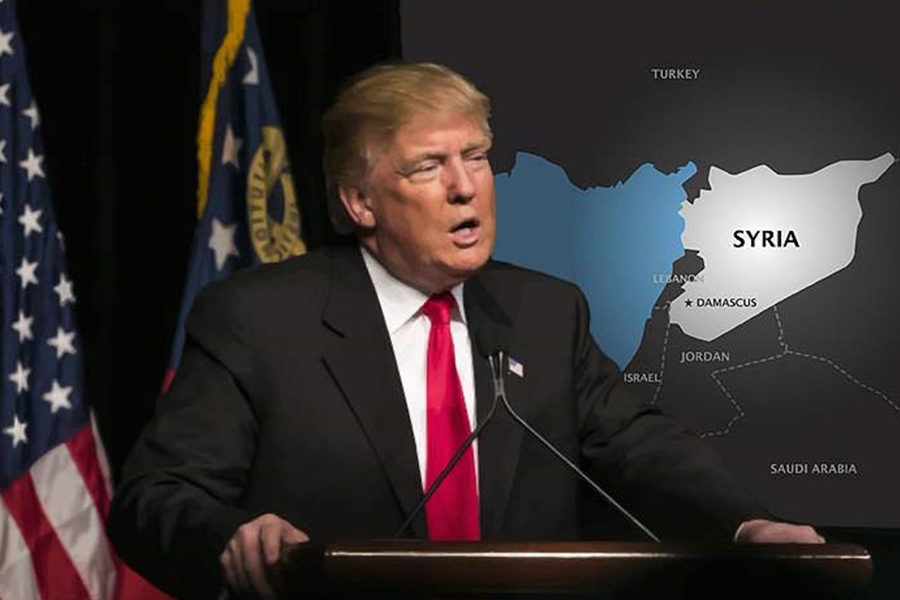
Robert F. Kennedy Jr., a staunch Trump ally, has suggested that the new administration may seek to withdraw U.S. troops from northern Syria, warning that American forces could become "cannon fodder" if conflict erupts between Turkiye and Kurdish militias.
Speaking during a live broadcast covering the U.S. presidential election results, Kennedy, who is expected to play a significant role in Trump's second term, recounted a conversation with the president-elect aboard a plane.
"We were discussing the Middle East when Trump took a piece of paper and sketched a map of the region, pointing especially to the border between Syria and Turkiye," Kennedy said.
In this context, retired Brigadier General Abdullah al-As'ad noted that the United States has strategic interests linked to the Syrian Democratic Forces (SDF), a connection tied to Israeli concerns.
He suggested that Trump's administration will find it difficult to disentangle itself from Israeli interests in Syria.
Amid this complex and stagnating situation in Syria, which has persisted for more than a decade, some experts argue that the resolution of the Syrian crisis is increasingly tied to broader Middle Eastern stability, with developments in Palestine and Lebanon directly impacting Syria’s future.
Mouaz Moustafa, the director of the Syrian Emergency Task Force in the U.S., expressed in an interview that Trump has a unique opportunity to accomplish more for Syria than the “Obama Group, particularly under Kamala Harris and Joe Biden, was able to achieve.”
Meanwhile, al-Watan, a pro-Assad Syrian newspaper, noted the difficulty in predicting the incoming U.S. administration's approach to Syria under Trump.
The paper acknowledged the uncertainty around whether Trump would pull American troops from northeastern Syria, continue backing the Kurdish-led SDF, or lift sanctions on Damascus.
It speculated that Trump's pragmatic nature might lead him to take a "half-step" toward rapprochement with Damascus, albeit with a continued focus on U.S. strategic interests.
Sources
- Al-Bahra: We Hope for a Positive Role from the Trump Administration in Supporting the Aspirations of the Syrian People [Arabic]
- Trump: President Putin, Russia, and Iran are Responsible for Supporting "Animal Assad" [Arabic]
- Trump on Withdrawing U.S. Troops from Syria: "It’s Time to Leave These 'Stupid Wars'" [Arabic]
- Trump Ally: He Told Me His Plan to Withdraw from Syria [Arabic]


